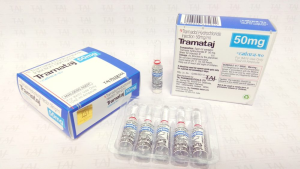
Tattoos have been in trend for years. They are famous for their customized art, which reflects your personality or honors those with significant importance in your life. However, embedding a quality tattoo may not always be easy, but they are now safer than before.
Tattoos are usually safe because of the safer pigmentation ink used to create skin art designs. Nonetheless, some people can still be sensitive to specific colors, particularly those involving brighter pigments.
While strict FDA standards about labeling inks for cross-contamination prevention are clear, you can still be at risk if your tattoo artist does not follow such practices. Make sure your tattoo artist sterilizes the ink to reduce the risk of cross-contamination.
Tattoo pigments may also lead to lead, nickel, and some cancer-causing agents.
According to a 2010 research conducted by Danish, adults found these harmful agents in sixty-five tattoo inks. These inks reportedly contain chemicals used in printer ink or car paints.
Precautions
Doing a little homework about getting a tattoo can help reduce the associated risks. It is necessary to be 18 or above to get a tattoo for cosmetic reasons. Therefore, looking for individual tattoo artists or cosmetic doctors who know inserting ink in young people can raise a red flag.
License & Experience
Whether you want a skin art design to express individuality or need Medical tattooing for stretch marks, choose a licensed and experienced tattoo artist or dermatologist. Make sure to see their qualifications, experience, and license.
Take Away
Although tattoo processes are safe, always consult a reputable dermatologist or artist to decrease the side effects. Adequate post-surgery care is also imperative to reduce the chances of scarring and other risks.
Tattoos do involve some risks, but your awareness of the potential side effects ahead of time can reduce side effects. Consult your tattoo artist to express any concerns regarding tattooing.


